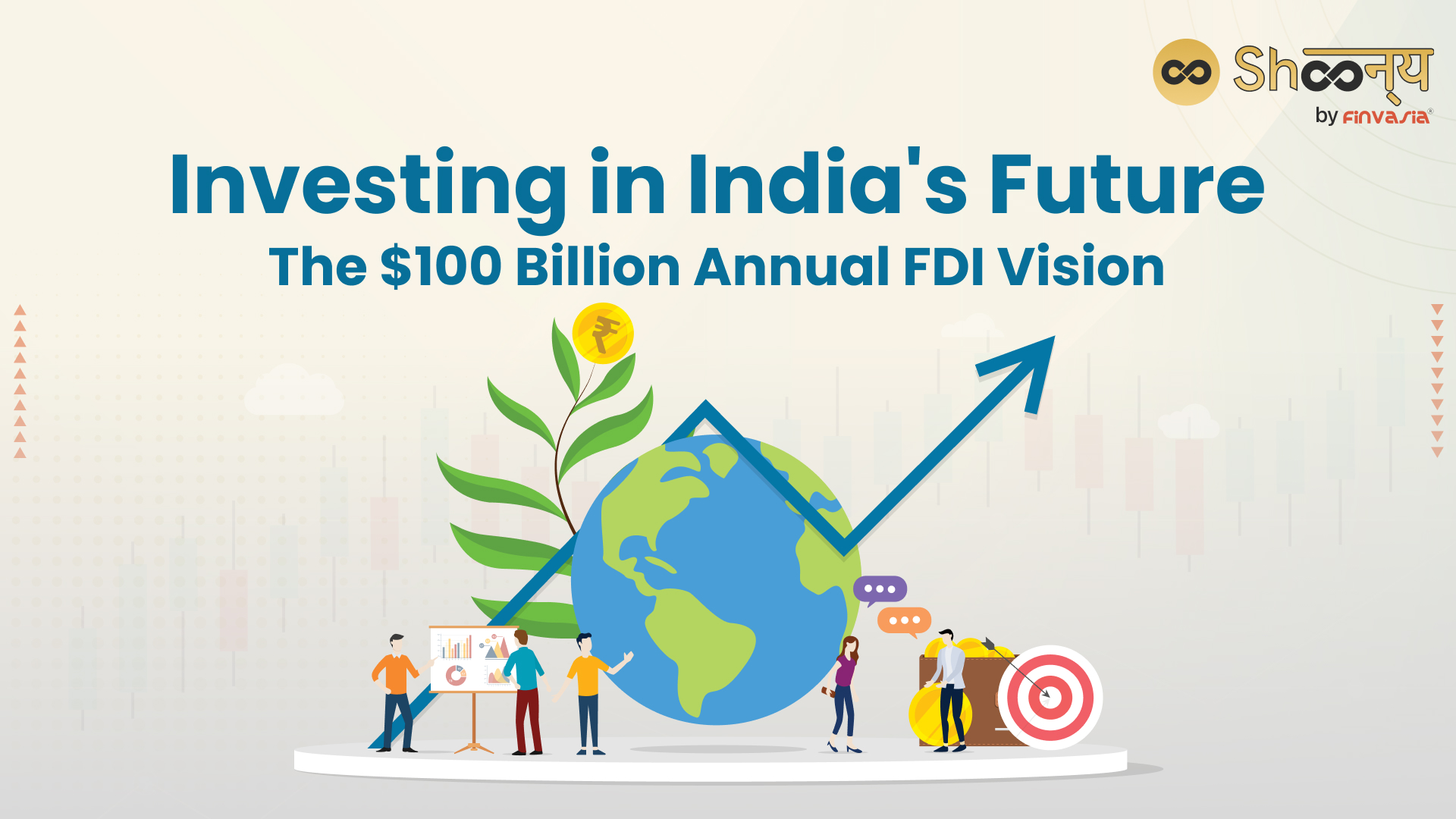India is targeting a significant milestone of attracting $100 billion in annual foreign direct investment (FDI) in the coming years, according to the country’s Information Technology Minister. This ambitious goal aligns with Prime Minister Narendra Modi’s efforts to allure investors, strategically unveiled ahead of an imminent reelection bid.
How Does FDI Promote India’s Growth?
Foreign Direct Investment plays a pivotal role in promoting India’s growth by infusing capital, technology, and managerial expertise into the economy. The influx of funds from global investors fosters innovation, enhances productivity, and facilitates the development of critical sectors. Moreover, it creates employment opportunities, uplifts the standard of living, and positions India as an attractive destination for international businesses, thereby contributing to sustained economic advancement.
Foreign Investor Confidence
Despite occasional criticism of Modi’s protectionist policies, India has seen substantial FDI from prominent global players like Apple, Samsung, Kia, and Airbus since 2014. Foreign direct investments in India have poured into various sectors, reflecting confidence in India’s economic potential.
Key Strategies for Growth
Discussing the roadmap for achieving this goal, Information Technology Minister Ashwini Vaishnaw outlined a comprehensive strategy during an interview at the World Economic Forum in Davos.
The envisioned 6-8% consistent growth rate over the next decade hinges on four pivotal engines: investments in both physical and digital infrastructure, uplifting the bottom pyramid of the population, fostering manufacturing, and streamlining business processes to enhance ease of doing business.
Current FDI Landscape
In the initial six months of the current financial year, starting in April 2023, India attracted FDI inflows of $33 billion. For the entire 2022-23 financial year, the country recorded FDI amounting to $71 billion. With an anticipated economic growth rate of 7.3% for the ongoing financial year, India stands as the highest-growing major global economy.
Challenges and Comparisons
Despite these positive indicators, India grapples with high unemployment among its youth—a critical concern in the upcoming elections. Minister Vaishnaw acknowledged this challenge but expressed optimism, comparing the goal of achieving $100 billion FDI to China’s successful annual inflows over more than a decade. He emphasised that investors now view India as the “most important investment destination.”
Focusing on Electronics Manufacturing
Minister Vaishnaw, responsible for spearheading India’s electronics manufacturing aspirations, revealed ongoing engagements with Apple to enhance the company’s manufacturing and retail presence in the country. Currently representing 12-14% of global iPhone shipments, India aims to solidify its position in the electronics industry.
What Does This Mean for the Indian Economy?
Achieving the $100 billion FDI target holds significant implications for the Indian economy. This influx of foreign investment inflows is poised to stimulate economic growth, create job opportunities, and fortify various sectors. The envisioned strategies, especially in infrastructure development and manufacturing, indicate a shift towards a more robust and diversified economy.
Conclusion
India’s pursuit of $100 billion in annual FDI reflects its commitment to sustainable growth and global economic prominence. Minister Vaishnaw’s outlined strategy and ongoing efforts to bolster specific sectors demonstrate the nation’s proactive stance in attracting foreign investments.
Source- moneycontrol.com
______________________________________________________________________________________
Disclaimer: Investments in the securities market are subject to market risks; read all the related documents carefully before investing.

